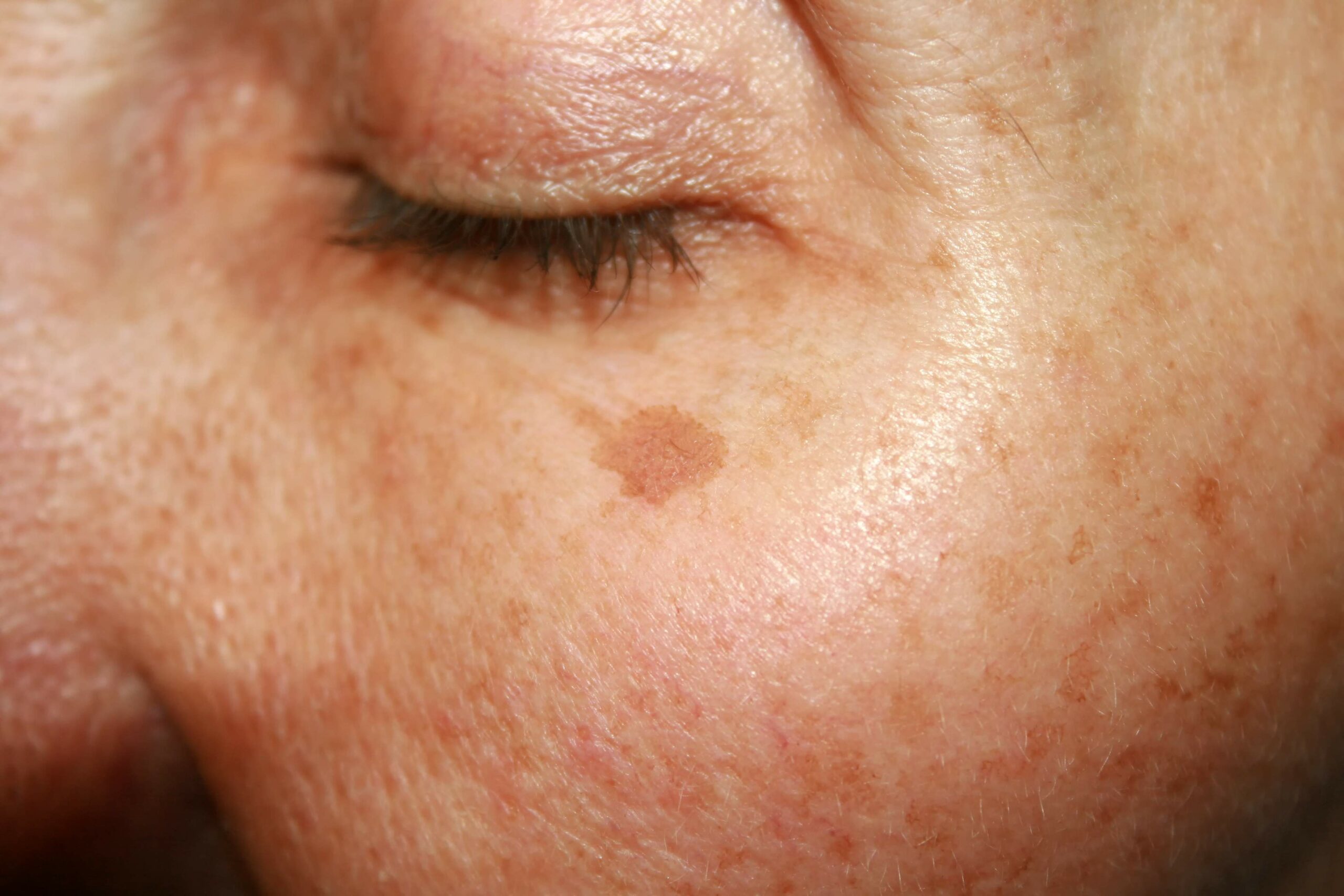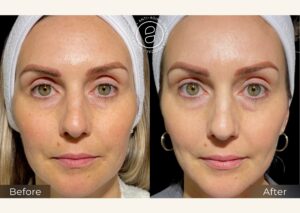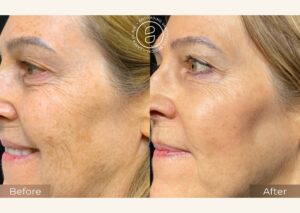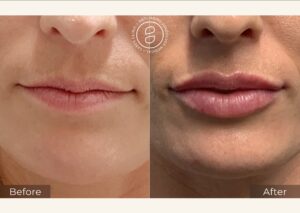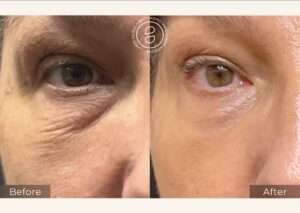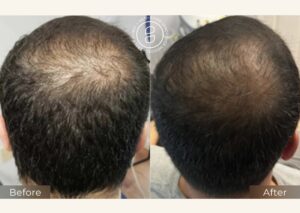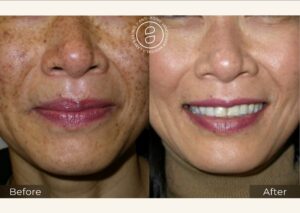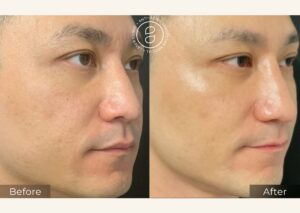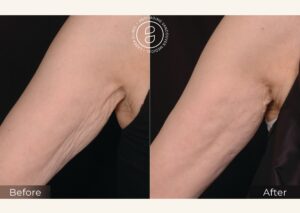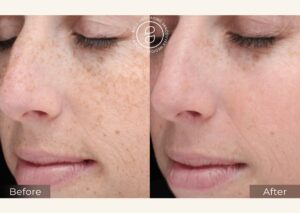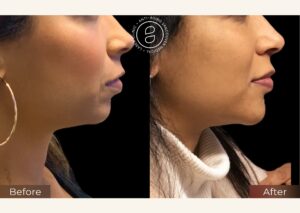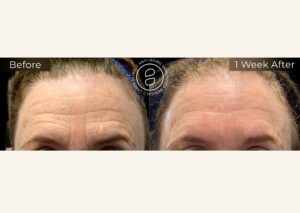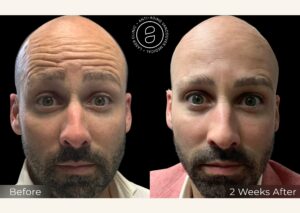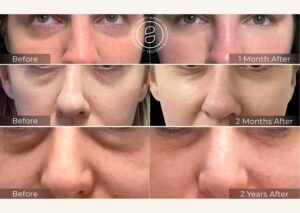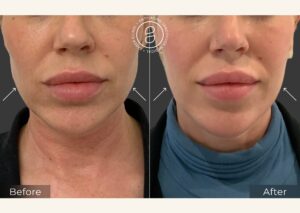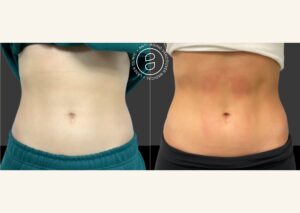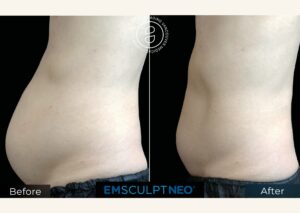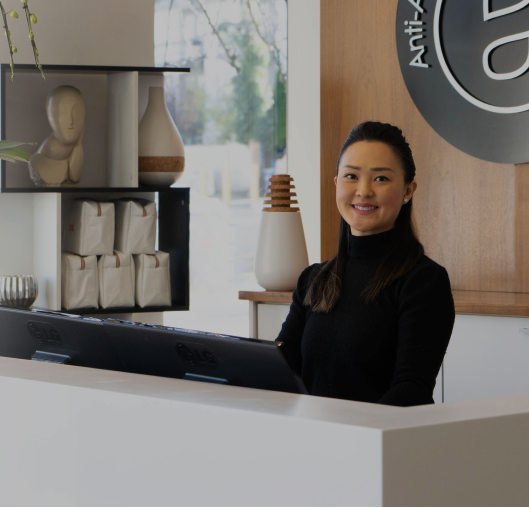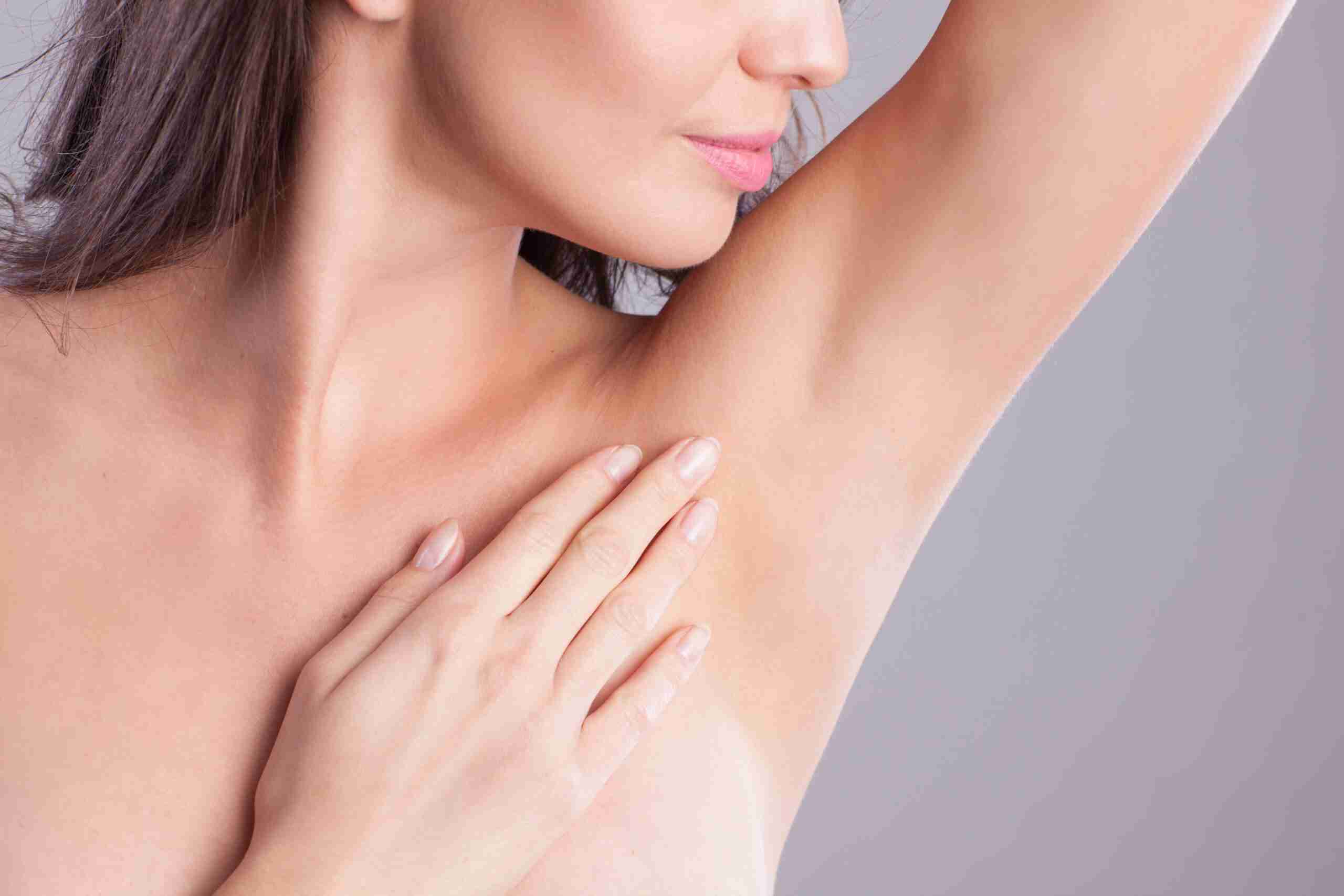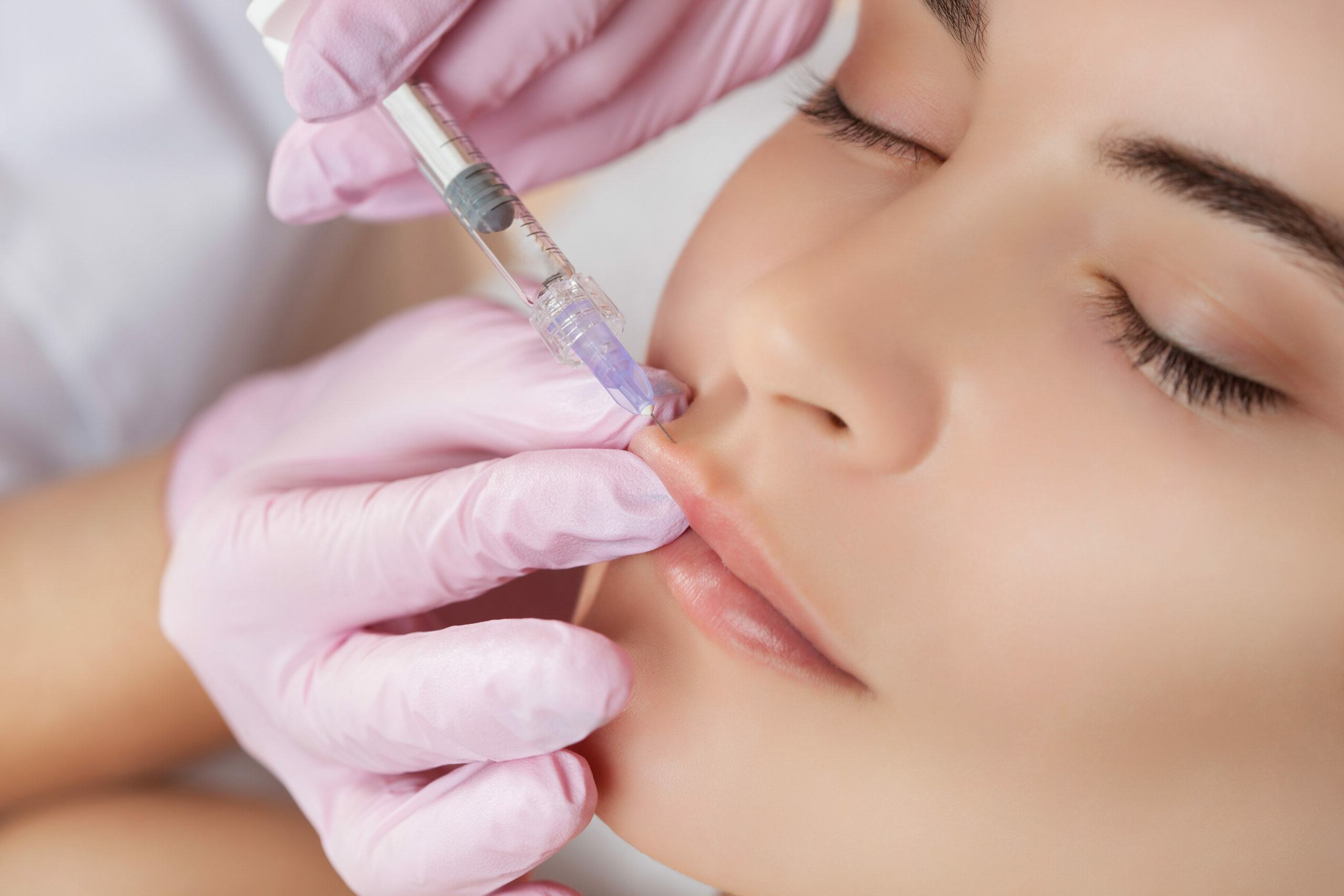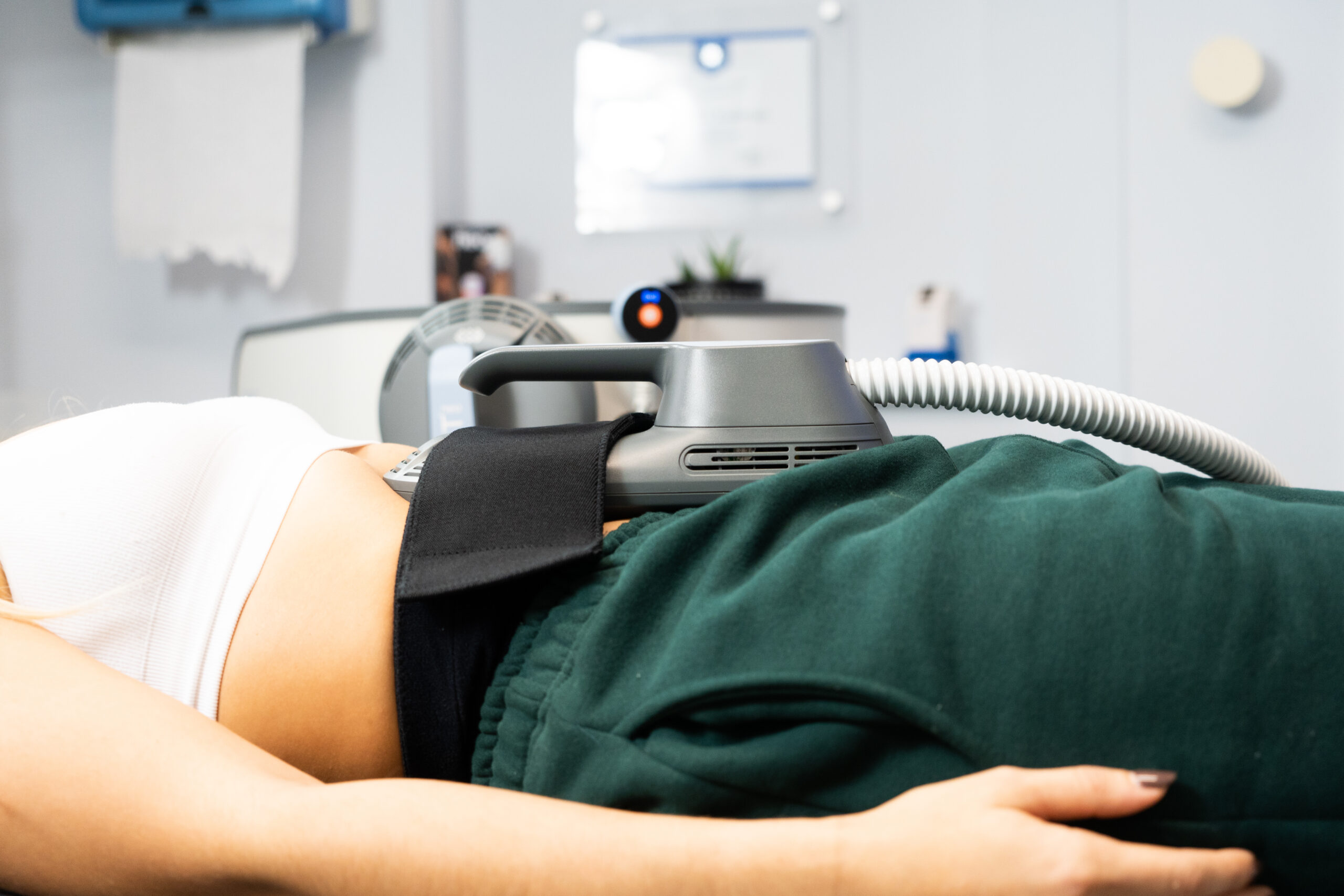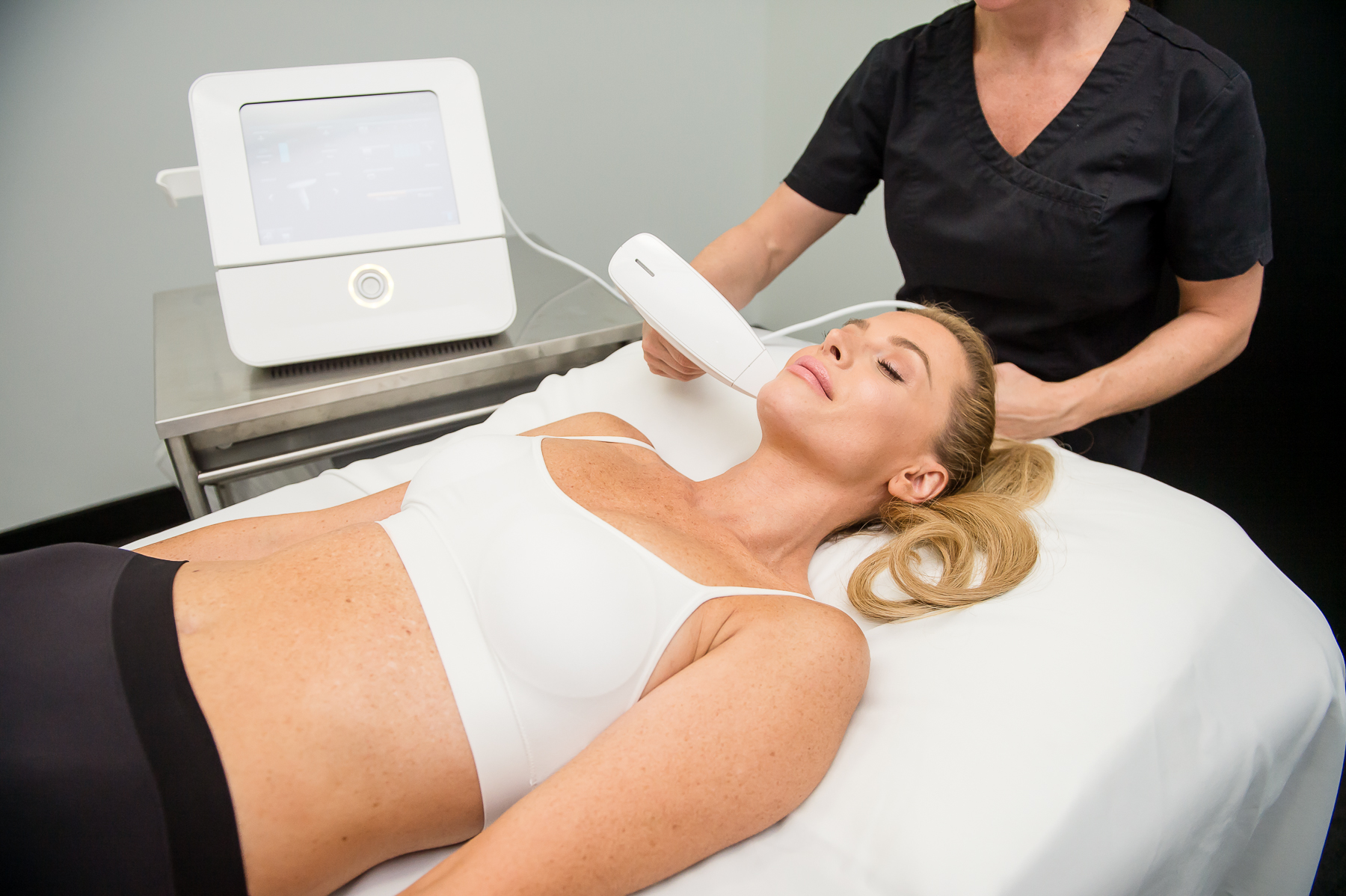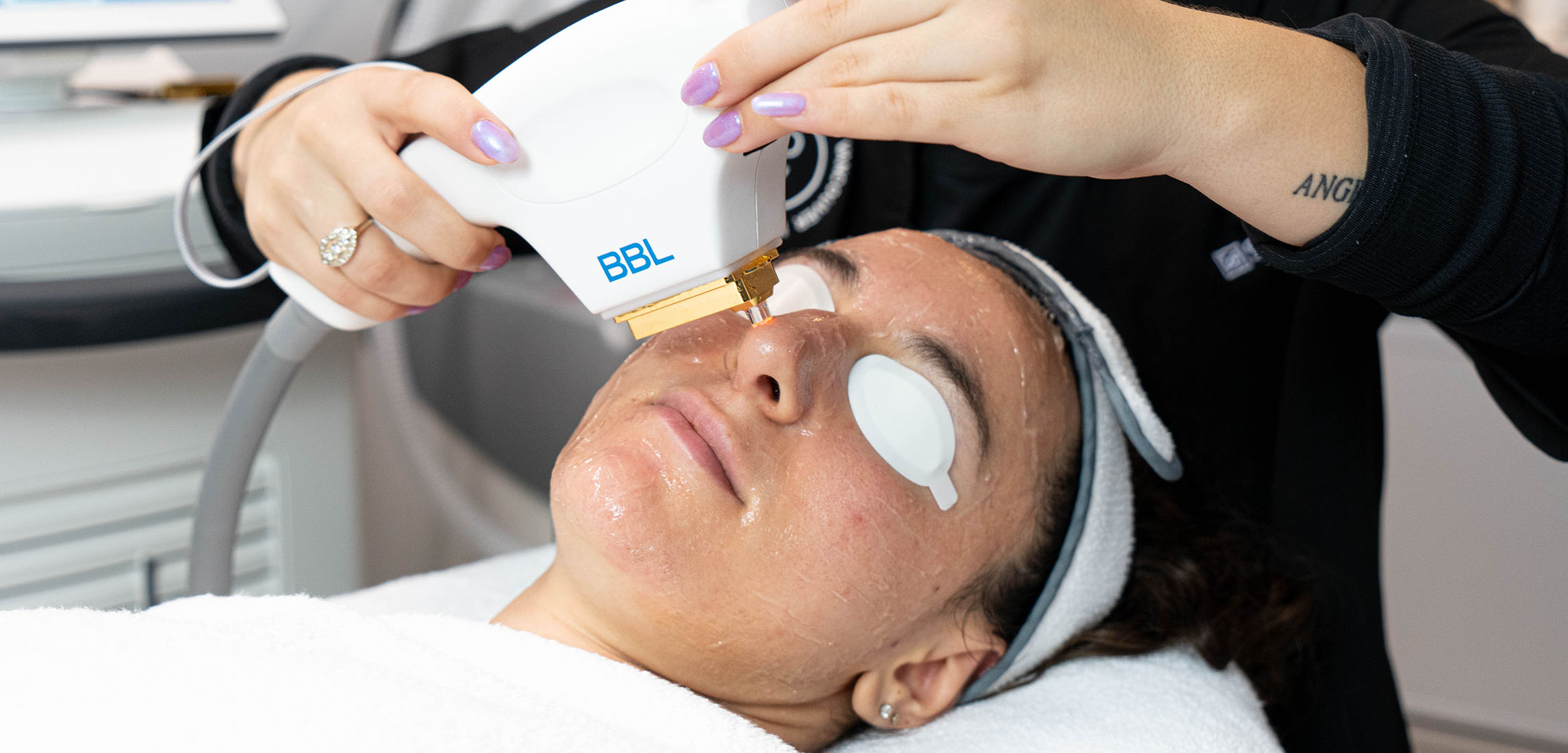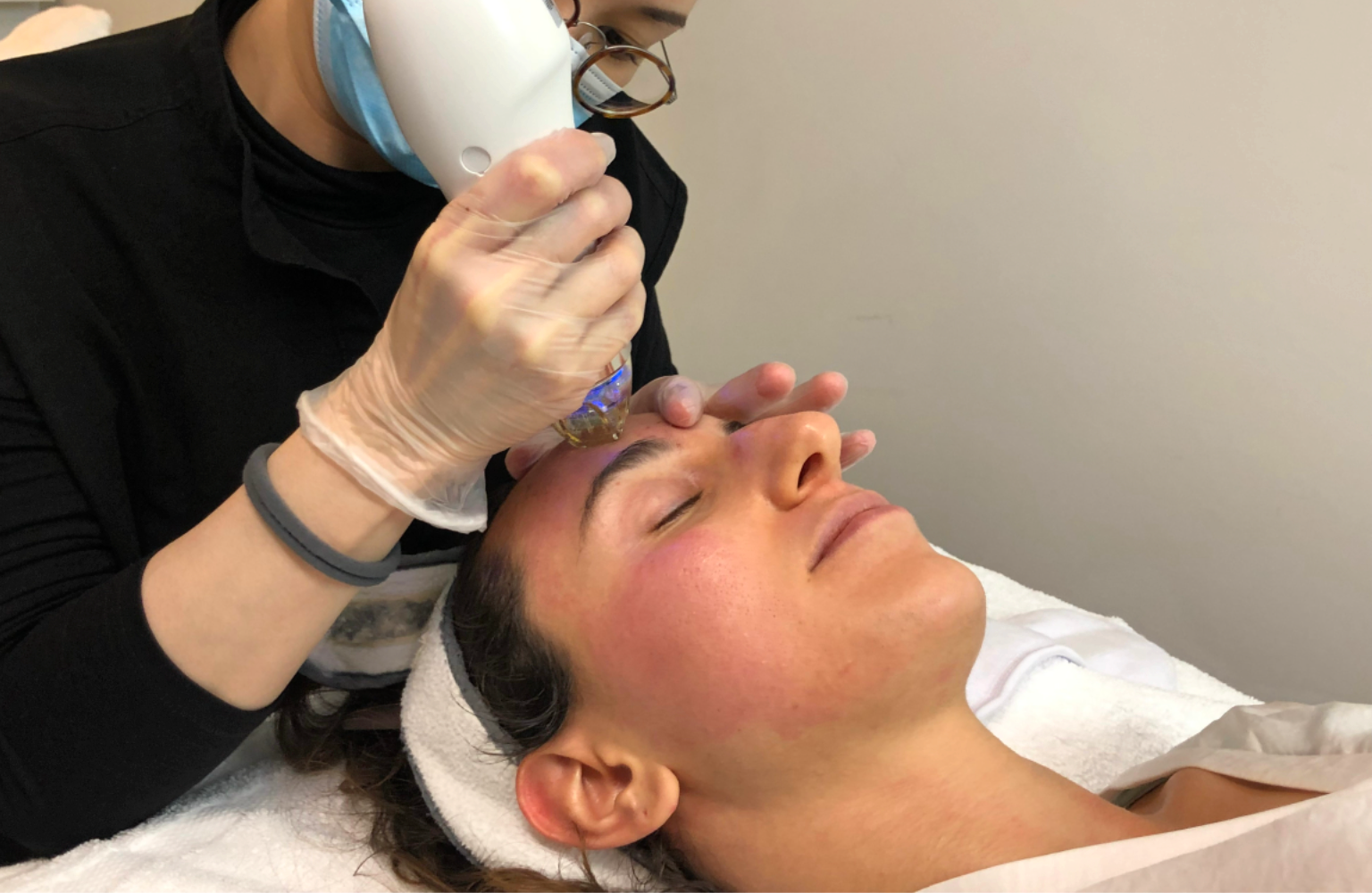Why Do We Get Age Spots And Pigmentation?
Although some people call those flat brown spots on your skin age spots or liver spots, they are mostly caused by the sun. You see them more as you get older because as you age, sun damage that you acquired throughout your life continues to come to the surface of the skin where it is more visible. If you took a picture of your skin with an ultraviolet camera lens, you would be shocked at how many sunspots and patches are perched and waiting.
How do they get there?
Why do we get age spots or sun spots? When you go in the sun, your body reacts by making a protective pigment called melanin to try and protect your skin from harmful ultraviolet rays. If you are exposing your skin to the sun repeatedly, your body might overreact and produce too much melanin. These become pigmented lesions or Solar Lentigines (len-TIJ-ih-neez) and can make you look older than you are and rob you of that clear, even complexion you once had.
Freckles are different as they are usually light brown or reddish in colour, smaller and they appear earlier in life and fade in the winter. Many people have an overall darkening of the skin at the base of their neck from years of spraying on perfumes and then going out in the sun. The inflammation caused by the alcohol in some perfumes can make the skin sensitive to the sun and cause the melanin to overreact as well.
You can even get spots in the actual lip called labial lentigo which can’t really be treated with a laser as the tissue on the lips is very thin and delicate.
You will notice these spots and patches on areas that see the most sun such as the face, arms, back, hands and chest. People with fair skin types are more likely to get them than darker skinned people. People with dark skin have more melanin and therefore more protection against sun damage although they still get sun damage which appears in grey or ashy coloured patches.
Melasma (muh-LAZ-muh) is different from sunspots, more like large, dark brown patches. Melasma worsens with sunlight but is caused by an increase in estrogen and progesterone. It usually affects women with darker skin and those who are pregnant.
The sun damage you want to pay attention to are actinic or solar keratoses (ker-uh-TOE-sees) and lentigo maligna.
Solar keratosis often appears on the nose, scalp, ears, arms and hands of light-skinned people with sun damage. They are often red or pink, scaly and seem like a scab that never heals. These need to be treated by a doctor as they can lead to a type of skin cancer known as squamous cell carcinoma.
Lentigo maligna can start as a dark flat spot and turn into melanoma so making yourself aware of changes in your skin and reporting them to your doctor is the best practice.
There are many treatments for sun spots and age spots so talk to a Vancouver skin treatment doctor or dermatologist to decide which is right for you.
Sun Spot and Age Spot Treatments
Cryotherapy: Downside, it can leave a scar of white hypo-pigmentation.
Q-switched lasers: Best if only a few spots are present.
IPL (Intense Pulsed Light): Excellent for lighter skin clients with dark spots. Learn more.
Halo Laser: A revolutionary technology that improves the overall appearance of the skin. Learn more.
Lightening creams: Some work better than others but they can help to fade spots. View Skincare
There are a number of natural alternatives available. It’s best to do your research as we cannot guarantee their effectiveness. To learn more about these products, click here.
The main thing you can do to help your sunspots is to prevent them from getting worse by using broad-spectrum sunscreen all year and avoid prolonged sun exposure. We recommend a Broad spectrum sunscreen such as, ZO Sunscreen + Powder Broad Spectrum SPF 45. It’s highly sought-after for its ability to offer customizable coverage with color-boosting pigments and light-reflecting minerals that result in a radiant glow.
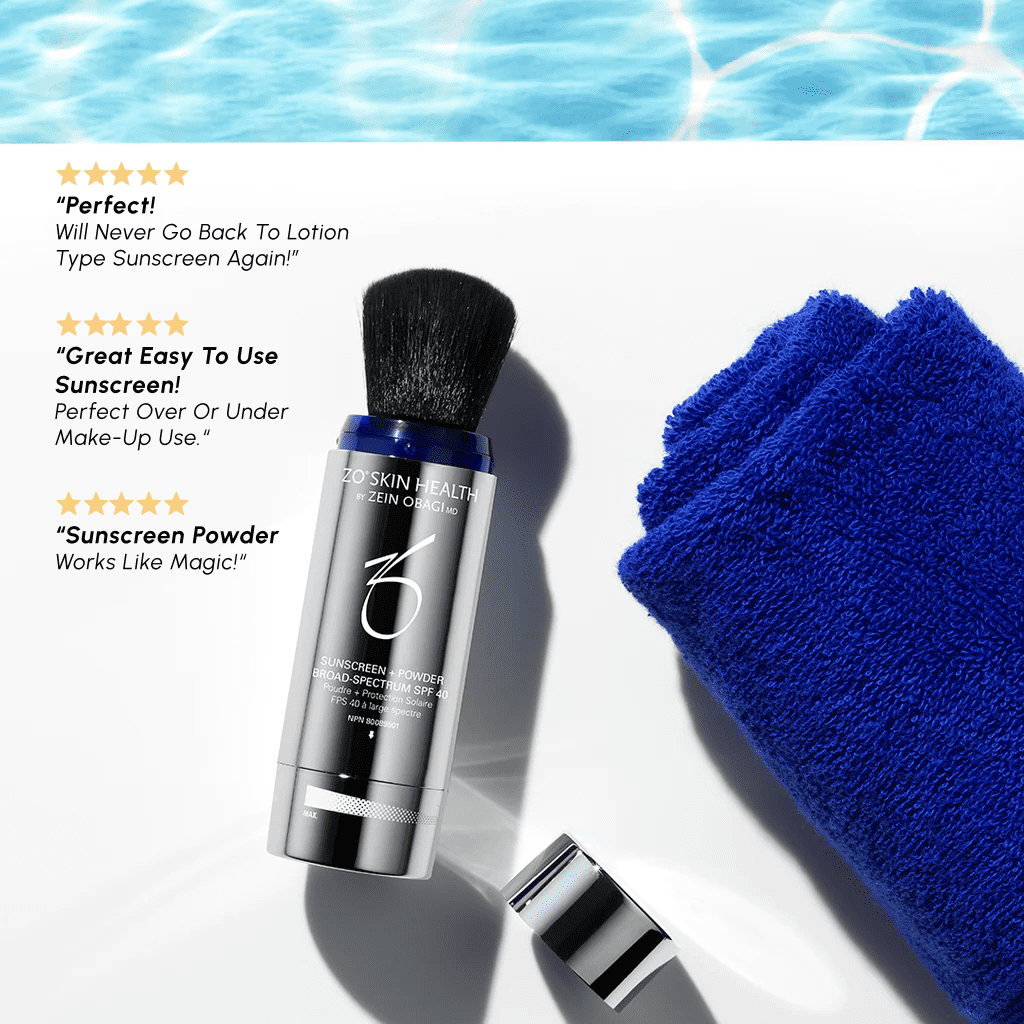
You can view more of our skincare products and broad-spectrum sunscreens by visiting our skincare store.
